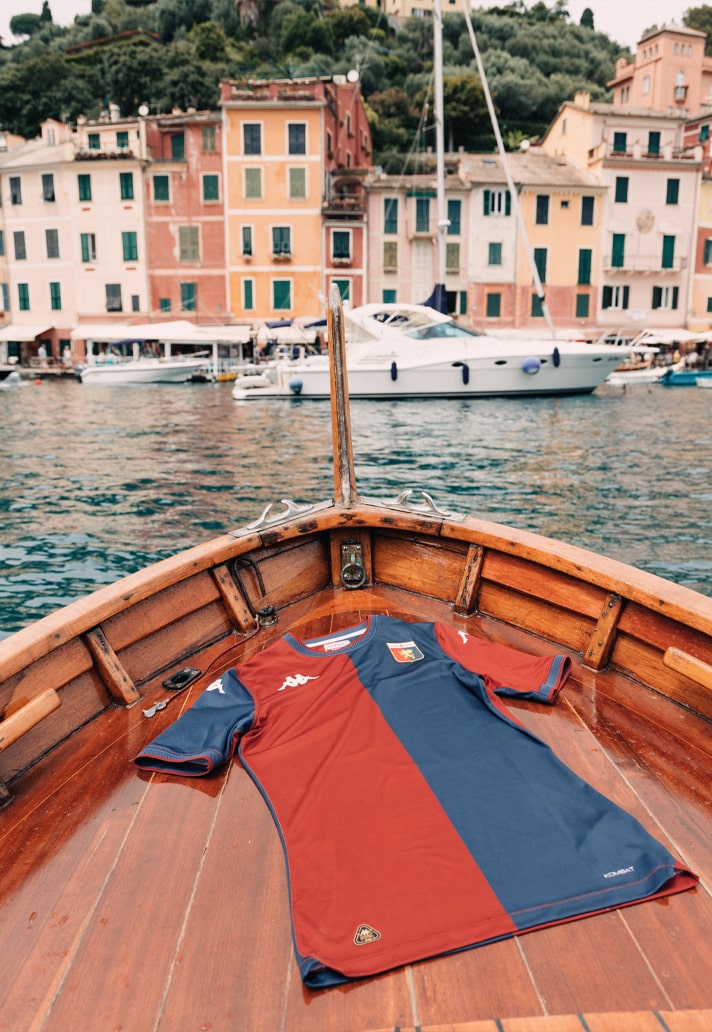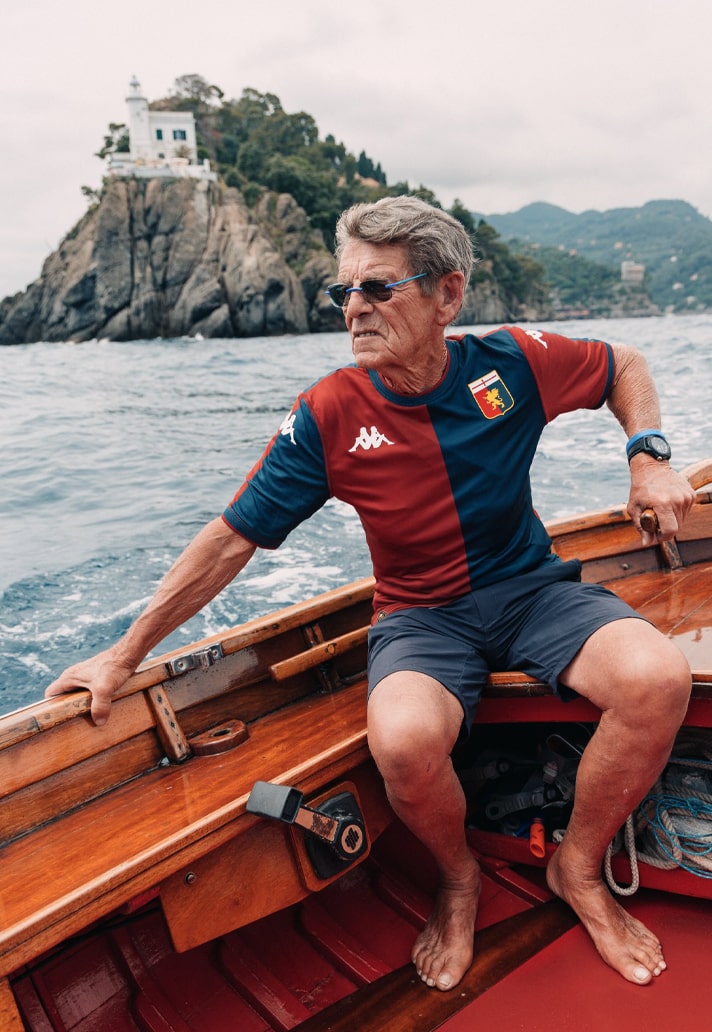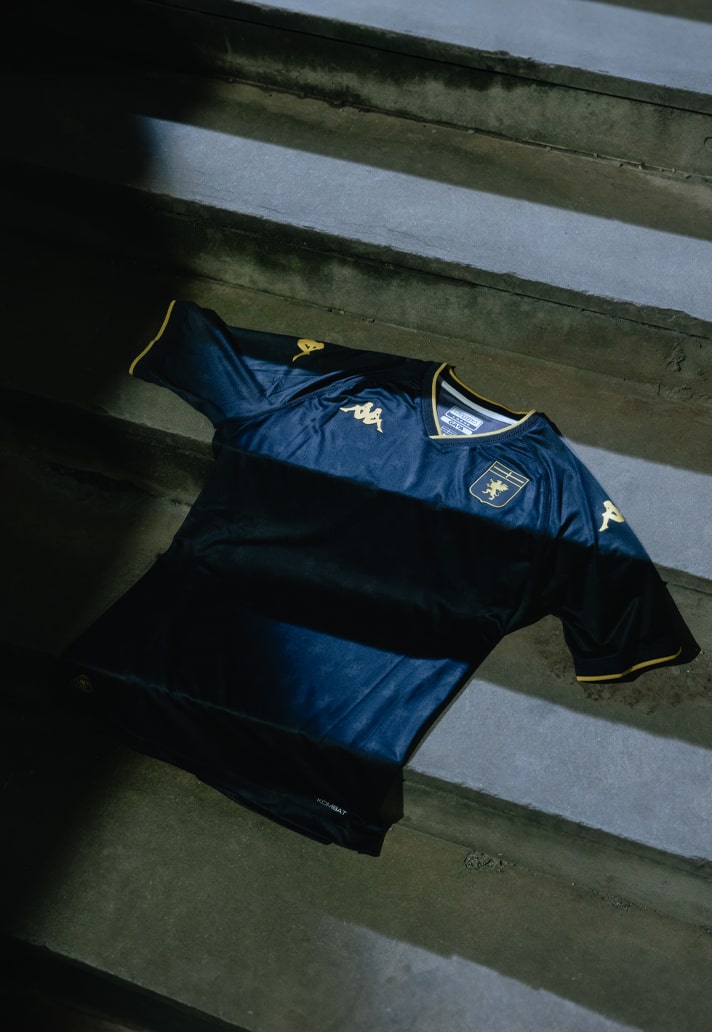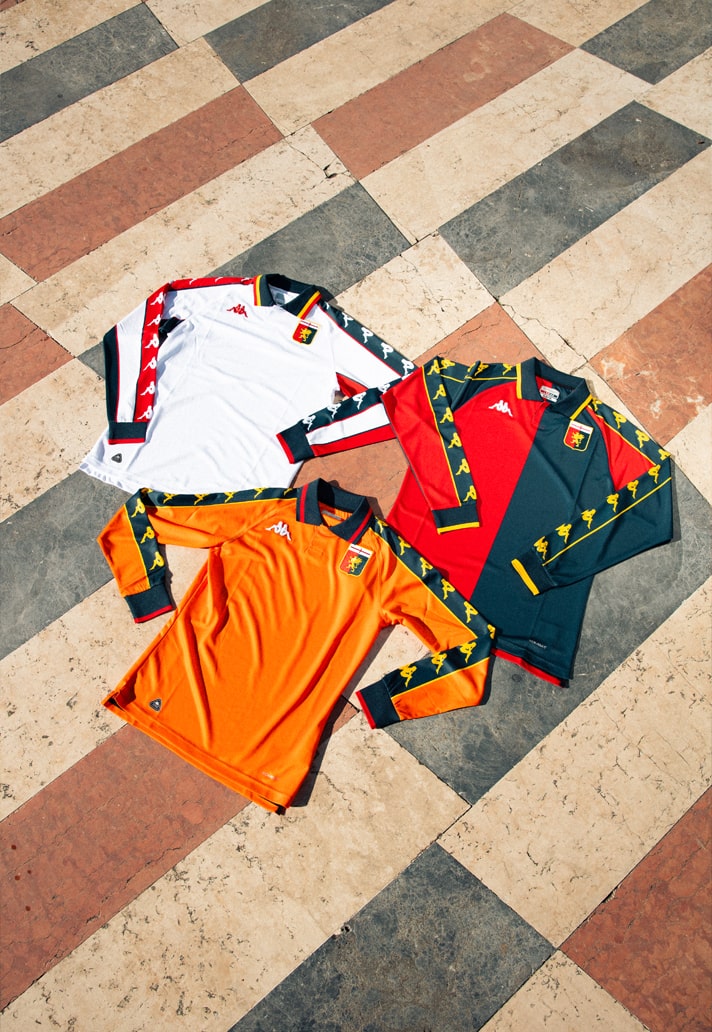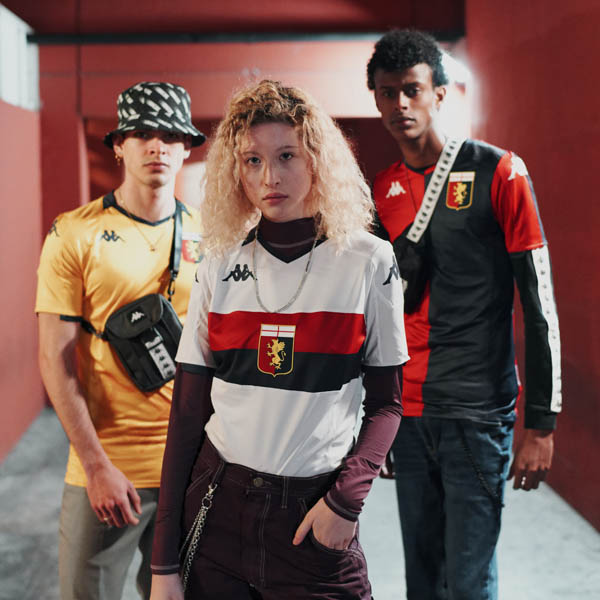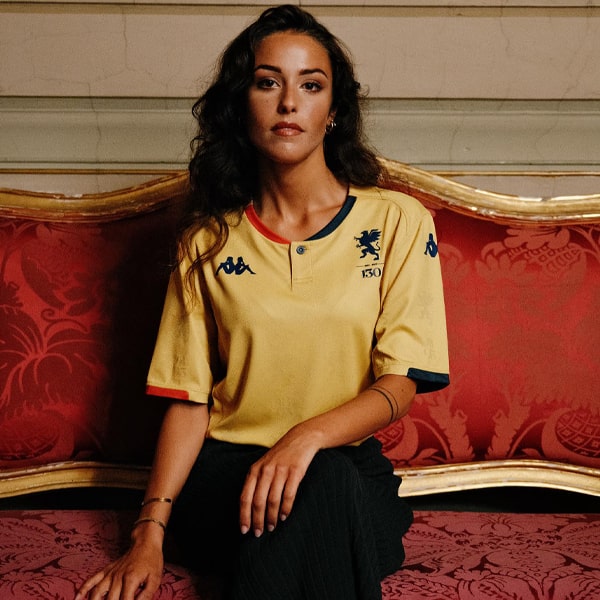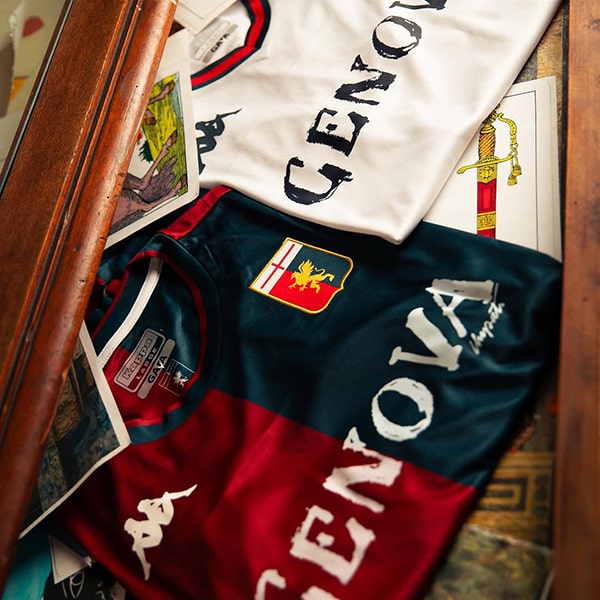From bold collaborations with the likes of The Undertaker and Rita Ora to crossovers with stars like Stefanos Tsitsipas, Genoa is proving that football content can be so much more than matchdays, and it showcases a club that's pushing boundaries and staying ahead of the curve.
In an era where attention spans are a currency and culture is constantly evolving, Genoa CFC — Italy’s oldest football club — is proving that age doesn’t mean irrelevance. Instead, they're flipping that script completely. Genoa, a club founded in 1893, is now laying down a blueprint for how a football club can become a global cultural brand through unapologetic creativity, savvy digital storytelling, and a deep understanding of modern fandom.
While some clubs still treat social media like a digital noticeboard, Genoa has torn up that manual and built something bolder. They’re not just a football team anymore — they’re a platform for fashion, music, nostalgia, celebrity culture, and digital artistry. Think of it this way: if football is the main stage, Genoa’s running the entire festival.
When Florentino Pérez declared in 2021 that “young people are no longer interested in football,” he was half right. They weren’t interested in the same old. This generation doesn’t just want goals and results; they want meaning — and content that speaks their language.
Genoa got the message. Fast-forward to 2025 and over 63 percent of the global population uses social media. Football clubs are fighting to capture seconds of screen time. Most scramble. Genoa thrives.
Marketing Manager Jacopo Pulcini put it plainly: “The process of rejuvenation and change in sports communication starts from afar, in step with what several other clubs or brands had also done... but we’ve always had freedom and creativity at the centre.” And that creative freedom? It’s reaping dividends.
Few clubs outside the elite strata have managed to land partnerships that genuinely shake up the algorithm — Genoa is the exception. From The Undertaker to Rita Ora, from Squid Game to Red Bull — their campaigns don’t just make noise; they dominate timelines.
Take their Squid Game collaboration with Netflix. On 21 December 2024, ahead of the global launch of the second season, Genoa players took to the pitch in the show’s iconic green tracksuits. The team photo? Flanked by pink-suited guards from the series. It wasn’t just marketing — it was a moment.
Then came the Red Bull collab, where mountain bike phenom Kriss Kyle tore down stadium steps in a jaw-dropping pre-match stunt to hype up Red Bull’s Cerro Abajo event in the city. Again, it wasn’t football marketing — it was action sports theatre in a football wrapper.
In these moments, Genoa became more than a Serie A side. They became a vessel for culture, spectacle, and digital storytelling.
Celebrity endorsements are nothing new, but Genoa are turning them into layered, intentional activations. Rita Ora in the 130th-anniversary kit? The Undertaker dressed head-to-toe in black to align with their “Dark Side of Genoa” campaign? These weren’t just “cool collabs” — they were aesthetic narratives built around pop icons.
Even Greek tennis star Stefanos Tsitsipas got involved, dishing out tennis balls pitchside and training with the team. He has 1.9 million followers. The Undertaker has 5.1M. Rita Ora? A whopping 16.2M. Compare that to Genoa’s own 458K followers (ATTOW), and the strategy becomes clear: plug into existing cultural powerhouses, tap into their reach, and convert scrolls into new fans.
It’s what Pulcini refers to as “stretching your pool of engagement” — and Genoa are becoming masters at it.
And then there’s the kit launches. The jersey game has shifted — hard. No longer are kits just for the pitch; they’re fashion statements, streetwear staples, and collectible art. Genoa understands that like few teams in the game today do. Partnered with Kappa, they’ve made kit drops into full-blown campaigns. Case in point: their fourth kit honouring Boca Juniors. The tribute wasn't surface-level. It dug deep, paying homage to Genoese immigrants who helped shape Boca’s identity. Xeneizes, after all, literally means “people from Genoa.”
“The story of Genoa and Buenos Aires was relatively unknown, even among football fans,” Pulcini notes. “We wanted to shine a light on that and build something that resonated globally.” The result? A groundswell of love from Argentina and fashion heads alike—proof that football shirts can be more than merchandise. They can be cultural artefacts.
Fashion is a Trojan Horse for fan engagement. People buy shirts from clubs they don’t even support. If the product’s slick enough, they’ll rep it. Genoa gets that. They’re not just selling merchandise — they’re selling identity.
Even player announcements at Genoa are turned into digital gems. Mario Balotelli? Introduced with an 8-bit Super Mario tribute. Maxwell Cornet? A cereal box of Corn(et)flakes. Jean Onana? Debuting with a cheeky twist on Rihanna’s What’s My Name. These aren’t just gimmicks, they’re strategic bursts of creativity that bring in millions of views and traction well beyond the Genoa fanbase. As Pulcini puts it: “New player in the squad, new idea in the pipeline.”
All of this innovation could’ve felt out of step with the club’s legacy. But Genoa haven’t discarded their heritage — they’ve reframed it. Whether nodding to the Genoese roots of Boca Juniors in their celebratory fourth kit or building out stories that tie history into modern relevance, they’re respecting their DNA while evolving their voice.
“Our fans feel represented,” says Pulcini. “They feel respected. That’s why they buy into it.”
All this creativity might sound risky for a club rooted in over 130 years of history. But that’s the genius of Genoa’s evolution: their reinvention is built on tradition, not in spite of it.
“We use historical references, cultural nods, club mottos. The creativity never comes at the cost of identity.”
The club’s motto — “Dall’inizio, per sempre” (From the beginning, forever) — encapsulates that balance: past and future, intertwined.
So what does the Genoa model tell us? That innovation doesn’t have to be exclusive to the clubs with €100 million transfer budgets. That authenticity, creativity, and strategic vision can cut through the noise just as much as goals and trophies.
More importantly, it proves that football clubs can (and should) be cultural entities. Music. Fashion. Art. Entertainment. The pitch is just one part of the story.
Pulcini doesn’t claim Genoa are rewriting the rules. But he knows they’re not just playing the same game either. “Every now and then, even in football, there’s room for real creativity,” he says. “And it’s nice to know that some clubs, like ours, are writing their own playbook.
While the future of football is open for debate, Genoa continues to embrace the modern fan — on TikTok, on Netflix, on Instagram, in the stands, and everywhere in between.
The revolution won’t be televised. It’ll be posted, liked, shared — and Genoa CFC will be at the heart of it.

